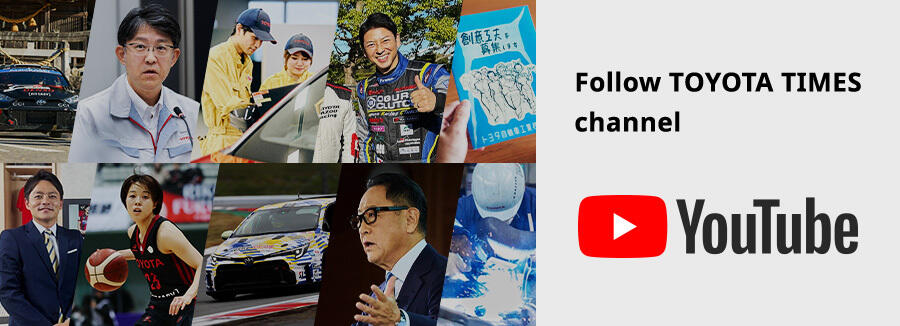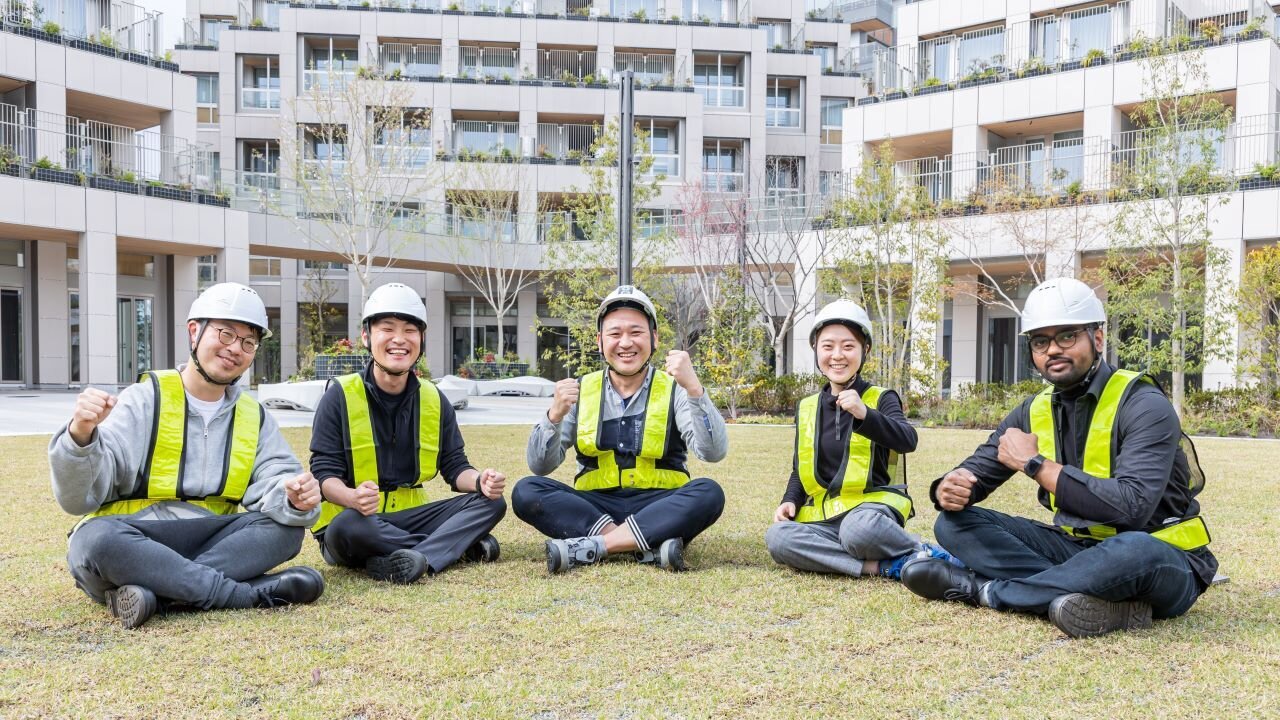
With Phase 1 construction complete, Toyota's "living laboratory" is finally ready to welcome Inventors and residents. We spoke with the engineers laying the groundwork for the city's various demonstration trials.
Appliance control and smarter energy use with a single device
Up to this point, we’ve been touring Woven City as visitors, but what if you were a resident? Imagine coming back from an outing, passing through the entry gates, and crossing at the lights on your way home.
As you arrive at your apartment complex in the residential area, the entrance opens with facial recognition, just like the city’s gates.
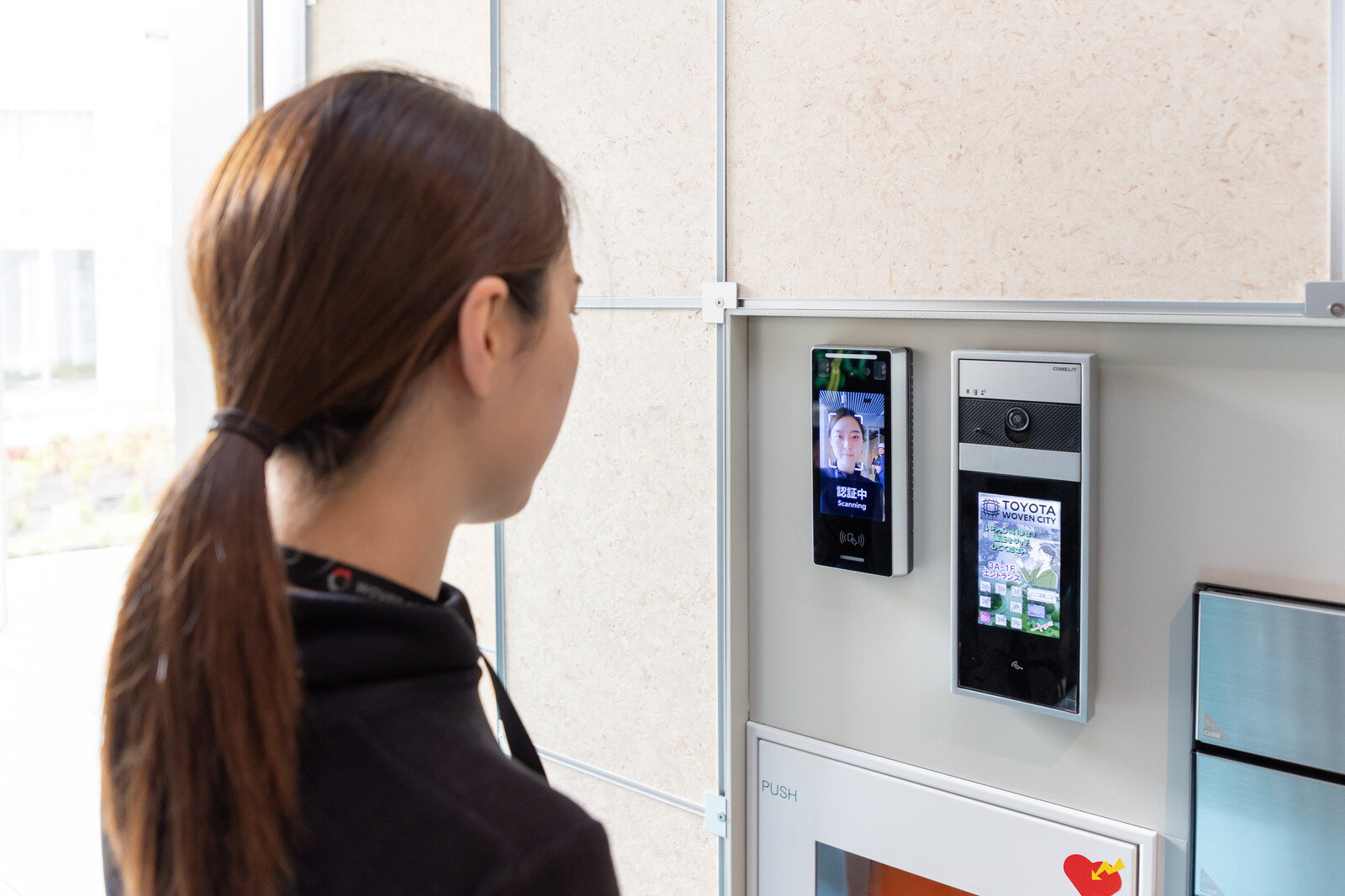
You walk up to your door, and here, too, your face serves as the key.
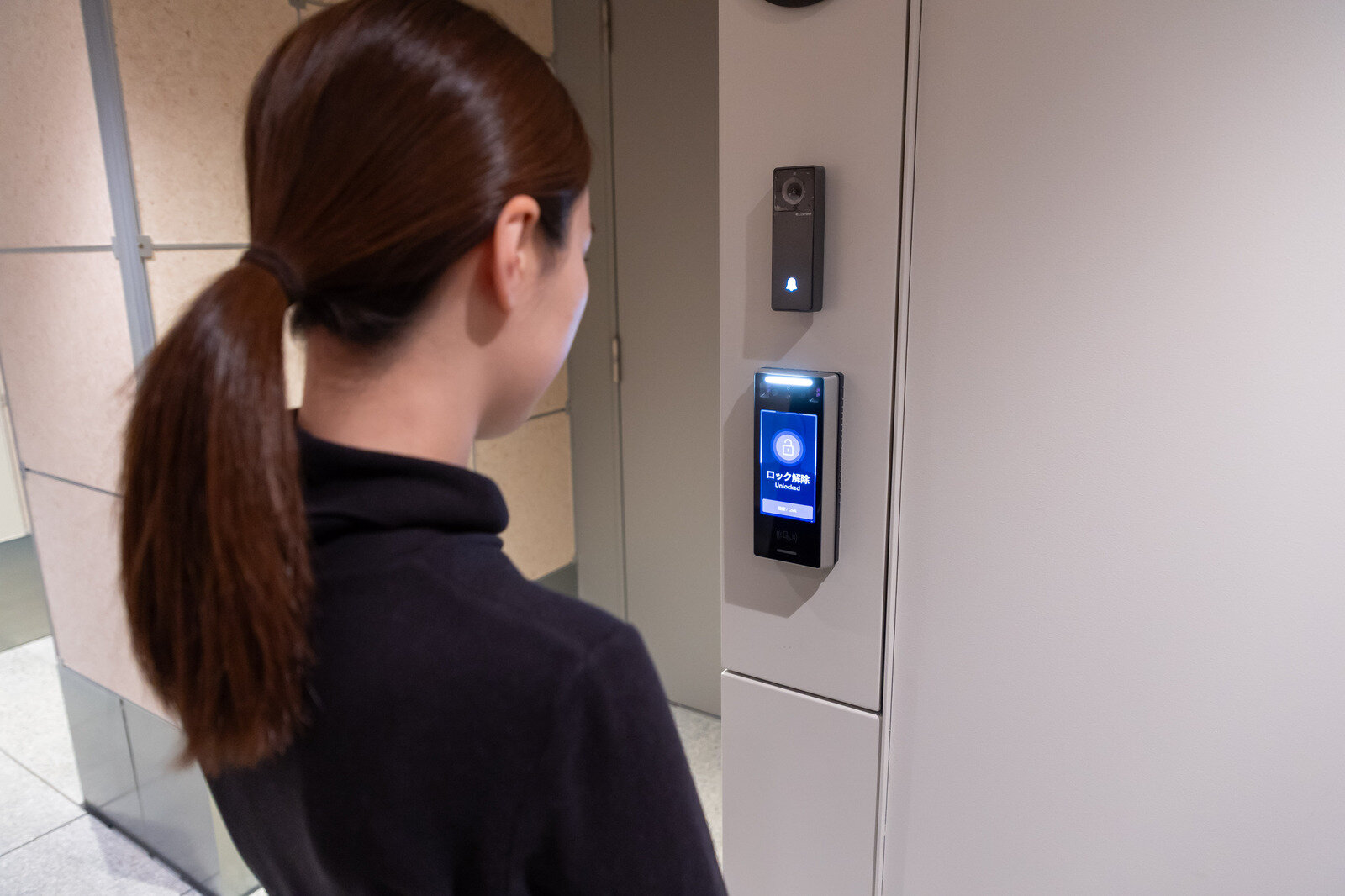
Inside, you can switch on everything from the lights to the air conditioning via a dedicated panel.
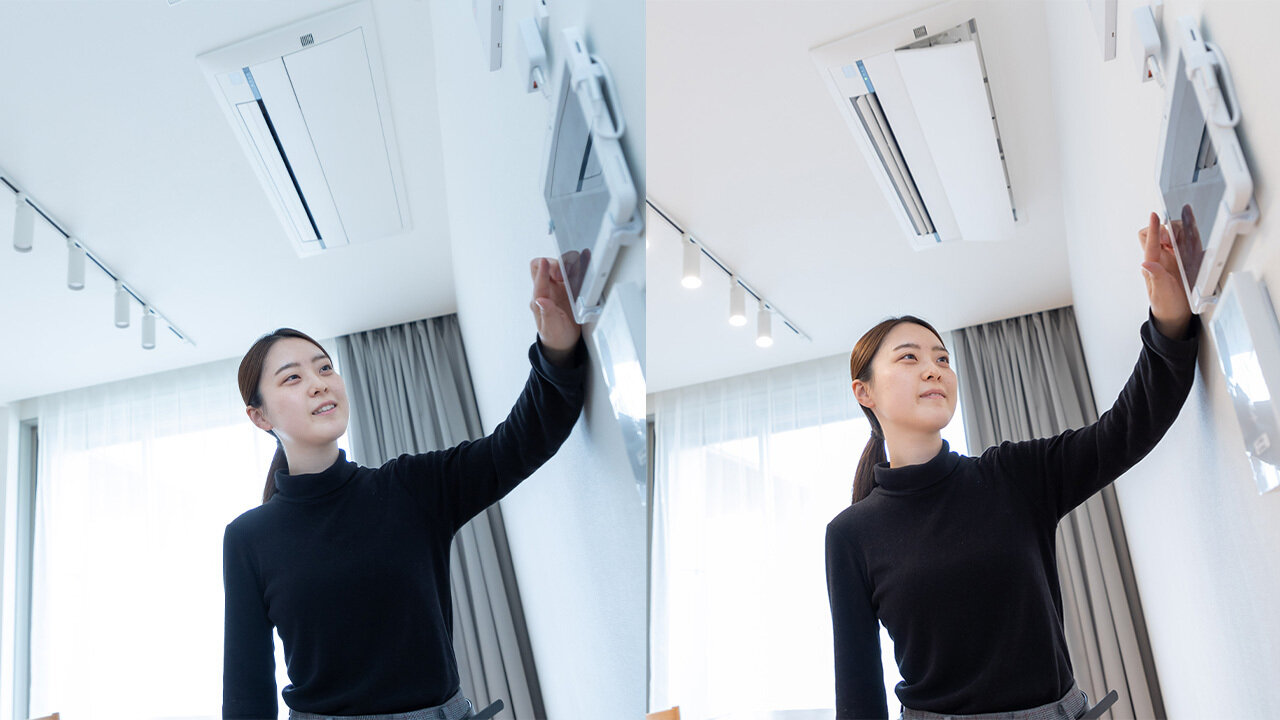
This tablet-like terminal, as shown in the photos above, enables you to control up to 100 devices within the home, including electrical appliances. With the accompanying app, it can even be operated on your smartphone.
While such stress-free ways of interacting with home appliances are certainly important, as we all know, Woven City is a living laboratory. In developing this control panel and the cloud system behind it, WbyT aims to collect various kinds of data, including the electricity consumed within the home and how the on/off switches are used.
Such data is not just meant to help residents use energy more wisely; with their consent, it will also be shared with Inventors to spur the development of new products and services.
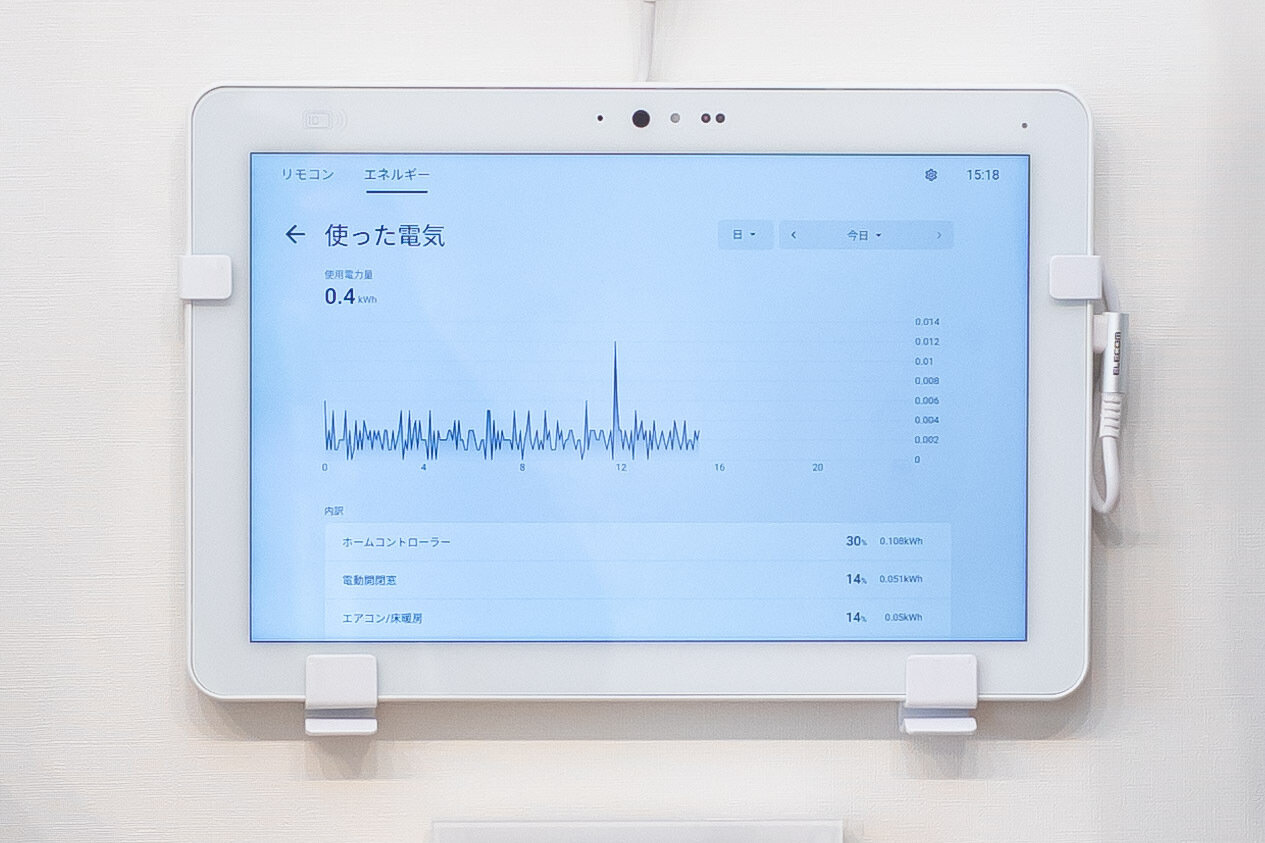
Tasked with the system’s development, Tatsuhiro Iida and Akari Yasuda feel that a core element is energy management, made possible by visualizing electricity usage.
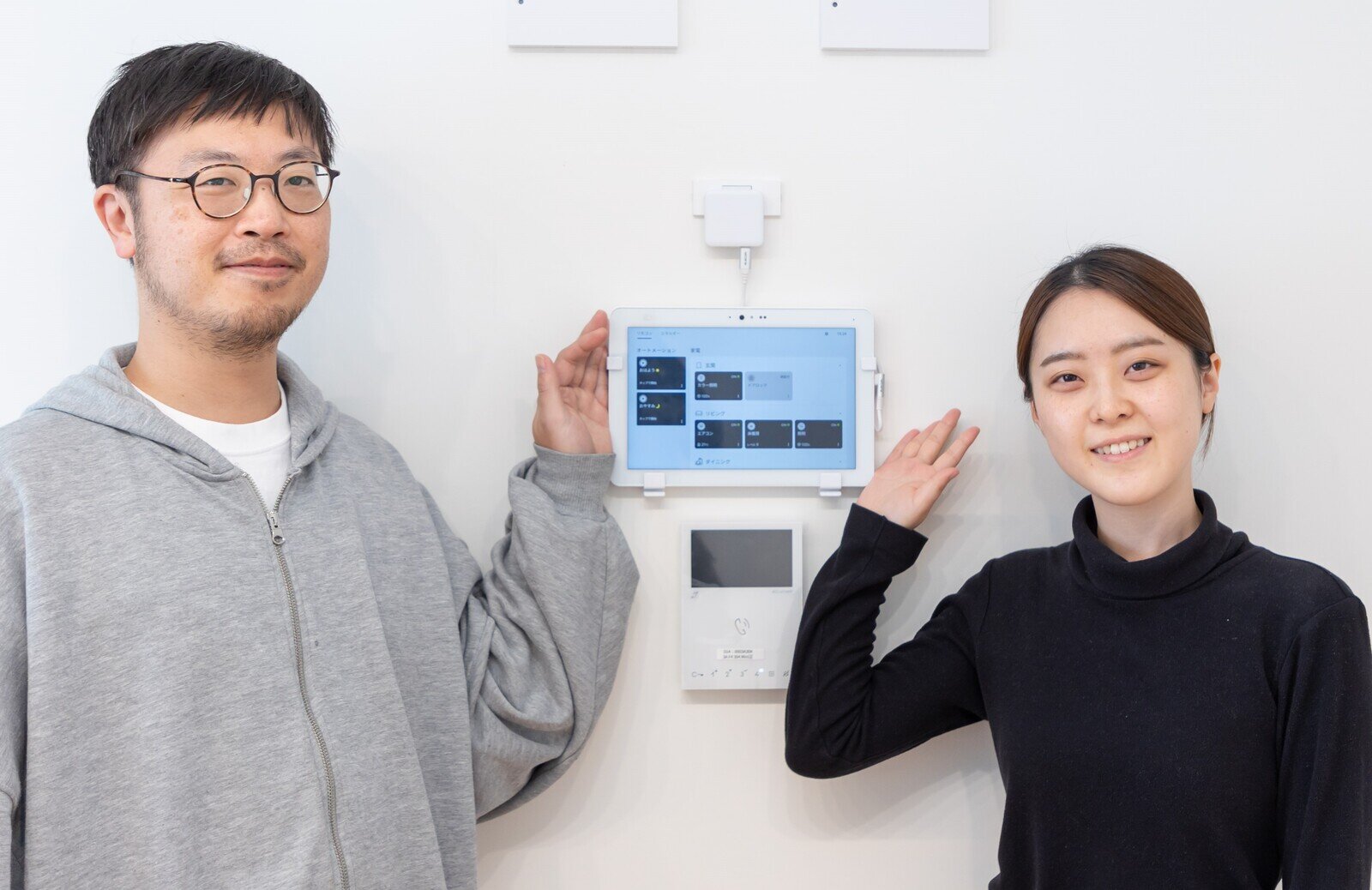
Iida
By making various types of data visible, we can then share them within the team or other WbyT divisions. In terms of functional expandability further down the line, I think we should also look to provide information to other Inventors and work together to co-create new businesses and products.
As part of a different team, we are also trying to compile how energy is consumed in Woven City as a whole. That will allow us to consider approaches to energy management on a city-wide scale.
Yasuda
We want to come up with better kinds of energy management systems. The system we’ve built allows us to grasp how residents are using electricity in their homes right at this moment.
For example, it would be interesting to have a feature that could suggest how best to use electricity depending on the weather and how much is being generated that day. We could make it even better by linking up with the city-wide energy system being developed by the other team, enabling it to suggest optimum electricity usage for the entire city.
Of course, this requires a great deal of studying , and a lot of data on which to base our hypotheses. No doubt this will be difficult, but I feel that we are close to completing the foundations that would make this possible.
This ability to consider energy management for the entire community is another unique feature of Woven City, where data coordination goes beyond the level of individual homes. Following the official launch, as residents move in and provide more feedback, these systems are bound to keep improving.
Diversity as a driving force
For hardware such as the city’s entry gates and traffic lights, WbyT pursues joint development with outside manufacturers. Yet when it comes to the systems we described above—whether it’s registering visitors, changing traffic lights, or controlling appliances—the company has insisted on building everything in-house from the ground up.
This approach enables WbyT to obtain the data that Inventors need, and to add new features as they become necessary through co-creativity . Masayuki Ito, who has been leading the development by supervising the personnel in charge of each system, explained why this is important.
Ito
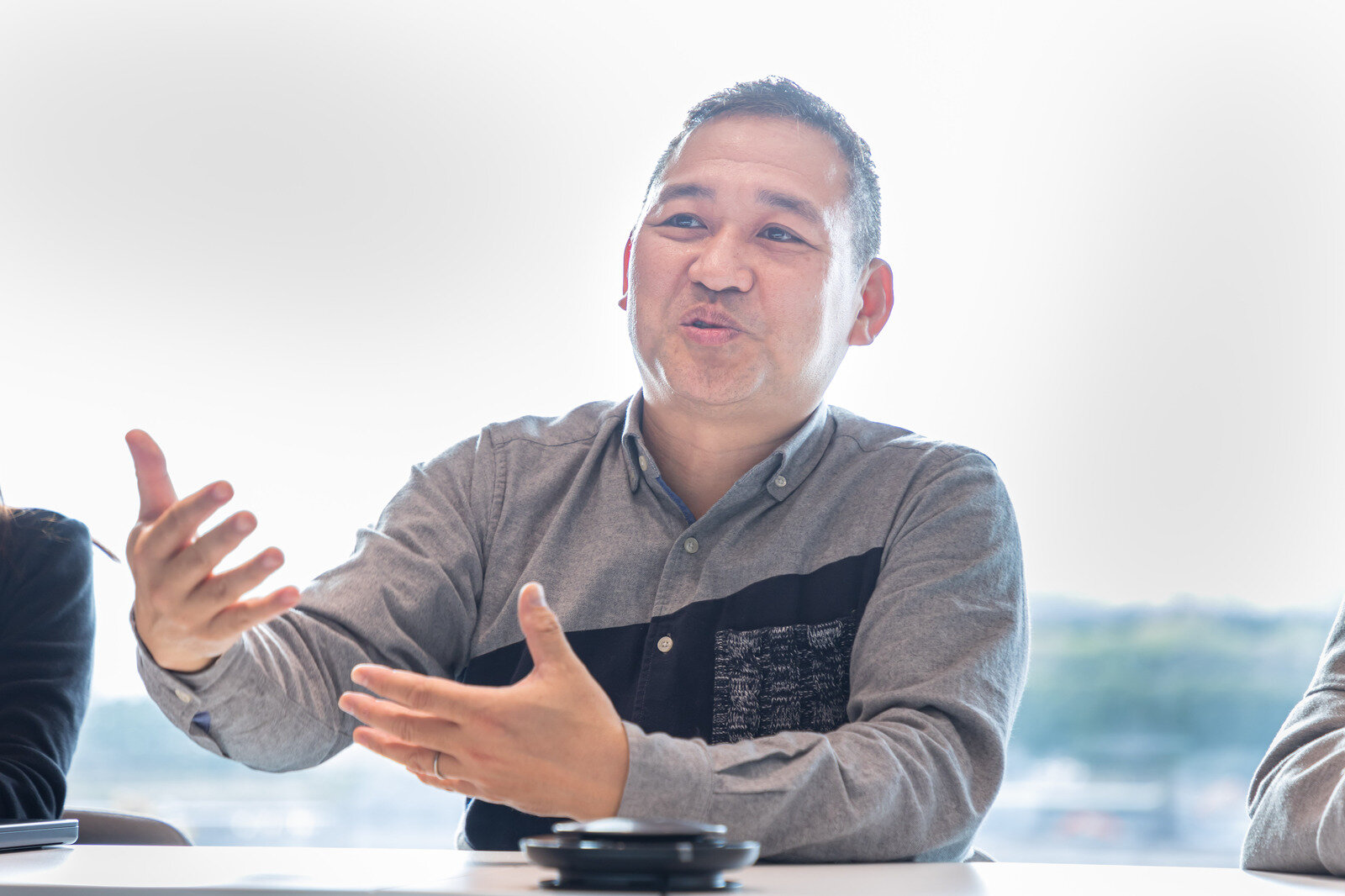
If an Inventor comes to us eager to collaborate on something they want to demonstrate , I think it’s really great that we can say, “Sure, we’ll set up the system right away,” because we’ve built it in-house.
I’ve worked on many different development projects, and I found that when you outsource the work it becomes something of a black box, where you no longer have full control.
I feel like we have a good balance of control right now.
Even so, the development posed an unprecedented challenge for the WbyT team: how do you maintain both safety and a “living laboratory” environment in a city setting? Without knowing the right answers, WbyT embraced the “start by doing” spirit through cycles of trial and error, while ensuring safety at all times.
An advantage of Woven City is that, as a test course, it offers an environment where such challenges can be tackled as many times as needed. The team’s diversity also became a driving force.
As we have already seen, the team’s members have a broad array of backgrounds, spanning different generations, genders, nationalities, and career paths. They include staff seconded from Toyota Group companies and WbyT employees.
Among the latter is Iida, who tells us, “When you have a group of culturally diverse people, they use the systems in many different ways, which made the ideation process very interesting.”
Those who were transferred from Toyota, including Ito and Takahashi, feel that a team consisting only of company personnel may have been more limited in its range of ideas.
At the same time, when trouble arose, they could always fall back on the Toyota Production System (TPS). “Toyota’s methods worked really well for solving problems with causes that were hard to pin down,” they explained happily.
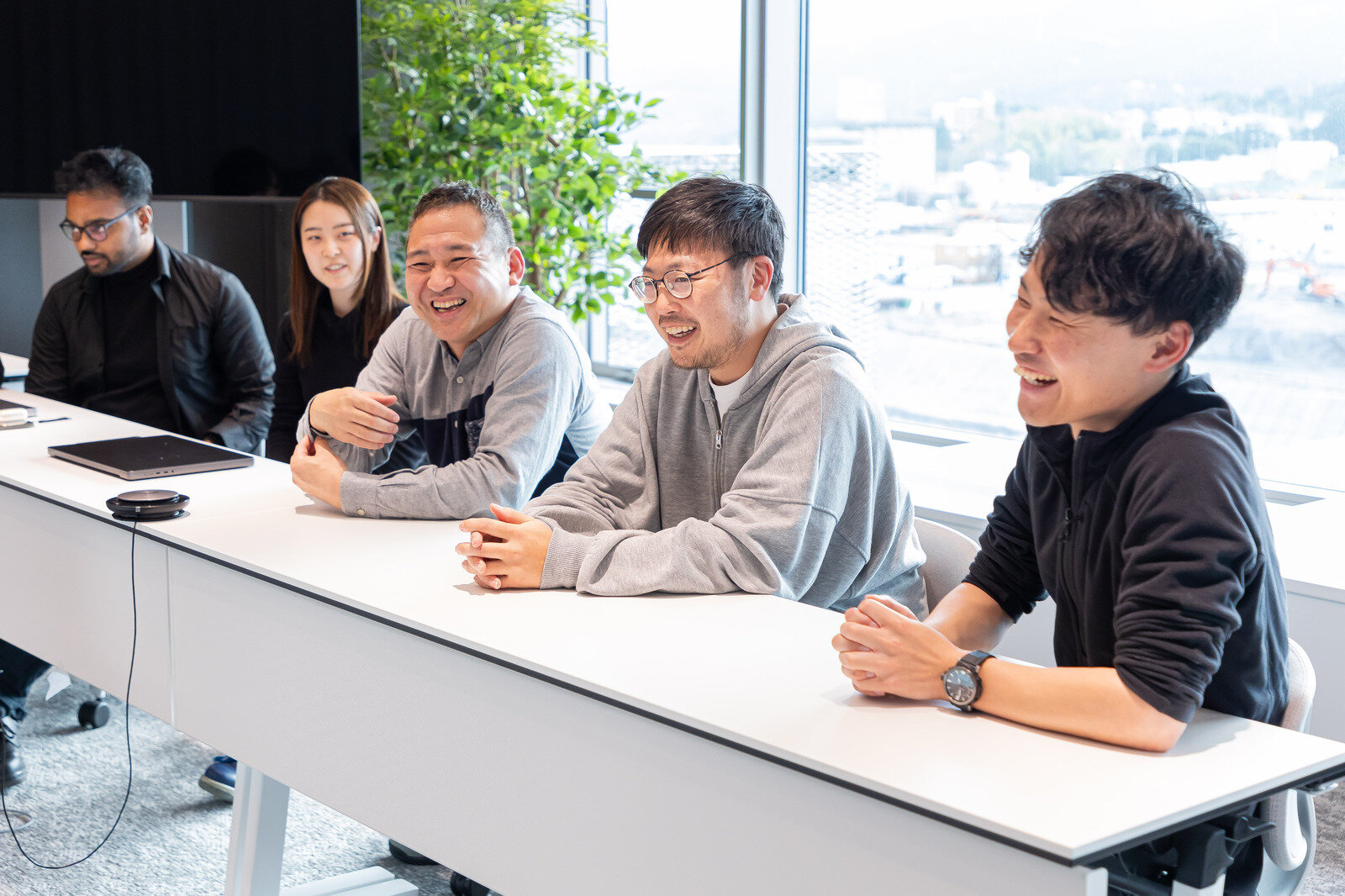
There are areas where Toyota excels, and those that benefit from an outside perspective. The way that members from various backgrounds have come together and gotten stuck into development embodies the company’s vision for Woven City.
Everyone is excited to see the city welcome even more people with diverse backgrounds, starting this fall or shortly thereafter.
Woven City is a living laboratory, an “ever-evolving city” that will always remain a work in progress. The systems being developed right now are laying the groundwork that will enable future co-creations . And as they support the co-creativity with various Inventors, the systems themselves will likewise continue to evolve.

